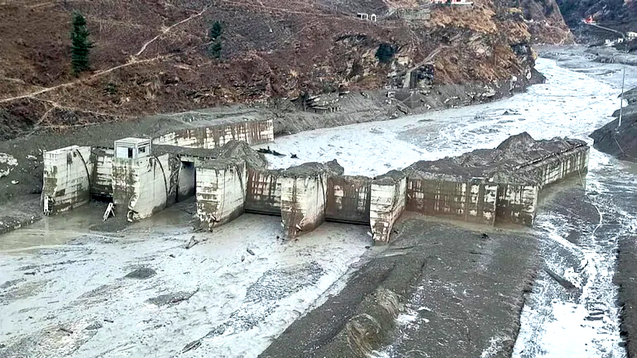
|
|
Deputy Prime Minister Michael McCormack said his immediate focus
was on issues other than climate targets.
(ABC News: Sean Davey) |
|
Key Points
|
Prime Minister Scott Morrison has declared his goal is to reach net zero emissions "as soon as possible, and preferably by 2050", although he has not committed to it.
Mr McCormack said Australia could follow New Zealand's lead in exempting emissions from the agriculture sector.
"Indeed, that could well be one of the options, but as I say, it's a long way off," the Nationals leader told Sky News.
Australia’s peak farm body has thrown its weight behind an aspirational economy-wide target of net carbon zero by 2050. Members of the
National Farmers’ Federation (NFF) have voted in favour of the landmark
policy – which includes strict caveats regarding fair implementation and
economic viability – at an online meeting this month. |
"Well if that's what it takes, well that's what it takes, but we're not going to hurt regional Australia, we're not going to hurt those wonderful people who've put food on our table."
New Zealand has set a 2050 target of reaching net zero emissions "of all greenhouse gases other than biogenic methane".
McCormack 'not worried about what might happen in 30 years'
Mr McCormack said he did not want to see regional areas disproportionately affected by Australia's climate change response but argued his immediate focus was on other issues.
"There are huge challenges in 2021 and we're not worried, well I'm certainly not worried, about what might happen in 30 years' time," he said.
"The concentration at the moment indeed for me, for the National Party and indeed for regional Australia is getting back on our feet after what's been a very challenging year."

|
|
Richard Marles said Australia needed to reach carbon
neutrality. (ABC News: Matt Roberts)
|
"That's what Paris requires and that's the commitment that we have made," he told the ABC's Insiders program.
"Labor has made a commitment, we didn't hear that from the Government this week."I'm not sure what he heard from the Prime Minister, it might have been a hope, an aspiration, 'inching' I think is the word, but what we did not hear was a commitment."
Links
- ‘More pros than cons’: Farmers ahead of divided Nationals on climate policy
- National party ministers pour cold water on Australia's push for net zero emissions by 2050
- Michael McCormack Says Agriculture Could Be Excluded From 2050 Net Zero Emissions Target
- National Farmers’ Federation calls for net carbon zero by 2050
- Australia inching closer to committing to net zero by 2050, top energy adviser says
- It's not impossible for Morrison to land a grand emissions bargain. It's just very hard
- Spinning emissions: Australia's climate projections are not what they seem
- 'Do-nothing document': Australian electric vehicle strategy lets emissions keep rising
- Morrison geared up for a party room fight over climate this week. There wasn't a peep
- At least 150 people missing as Himalayan glacier breaks apart and destroys dam



